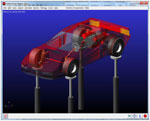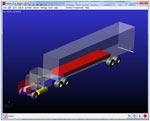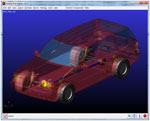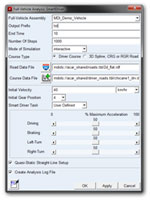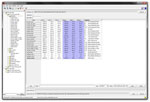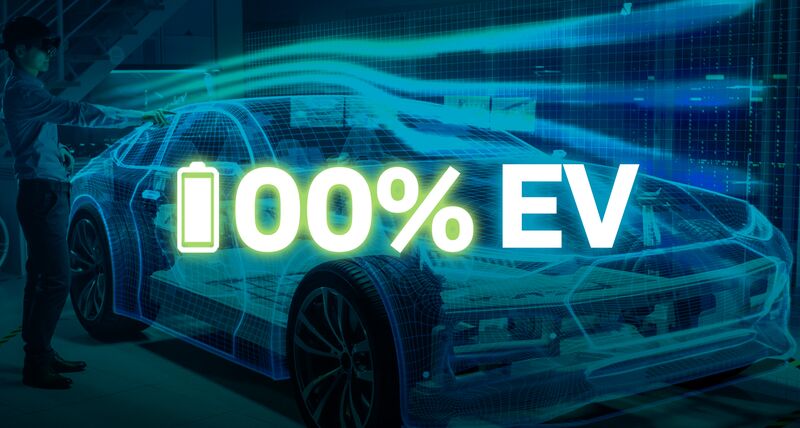Adams Car
Real Dynamics for Vehicle Design and Testing
With Adams Car vertical products, engineering teams can quickly build and test functional virtual prototypes of complete vehicles and vehicle subsystems. Working in the Adams vehicle vertical environment, automotive engineering teams can exercise their vehicle designs under various road conditions, performing the same tests they normally run in a test lab or on a test track, but in a fraction of time.
- Analysis of suspension, steering and full-vehicle maneuvers
- Easy integration of control systems into vehicle models
- Creation or import of component geometry in wireframe or 3D solids
- Extensive library of joints and constraints to define part connectivity
- Model refinement with part flexibility, automatic control systems, joint friction and slip, hydraulic and pneumatic actuators, and parametric design relationships
- Comprehensive linear and nonlinear results for complex, large-motion designs
- Comprehensive and easy to use contact capabilities supporting 2D and 3D contact between any combination of modal flexible bodies and rigid body geometry
"Adams Car was instrumental to tune all subsystems at their best before any real prototype was available… Testing several configurations on the virtual prototype required a matter of hours; doing the same on the real prototype would have been impossible.” - Dr. Peter Tutzer, Bugatti
-
Adams Car
-
Adams Car Ride
-
Adams Car Truck
-
Adams Driveline
-
Adams SmartDriver
-
Adams Tire
-
Adams Chassis

